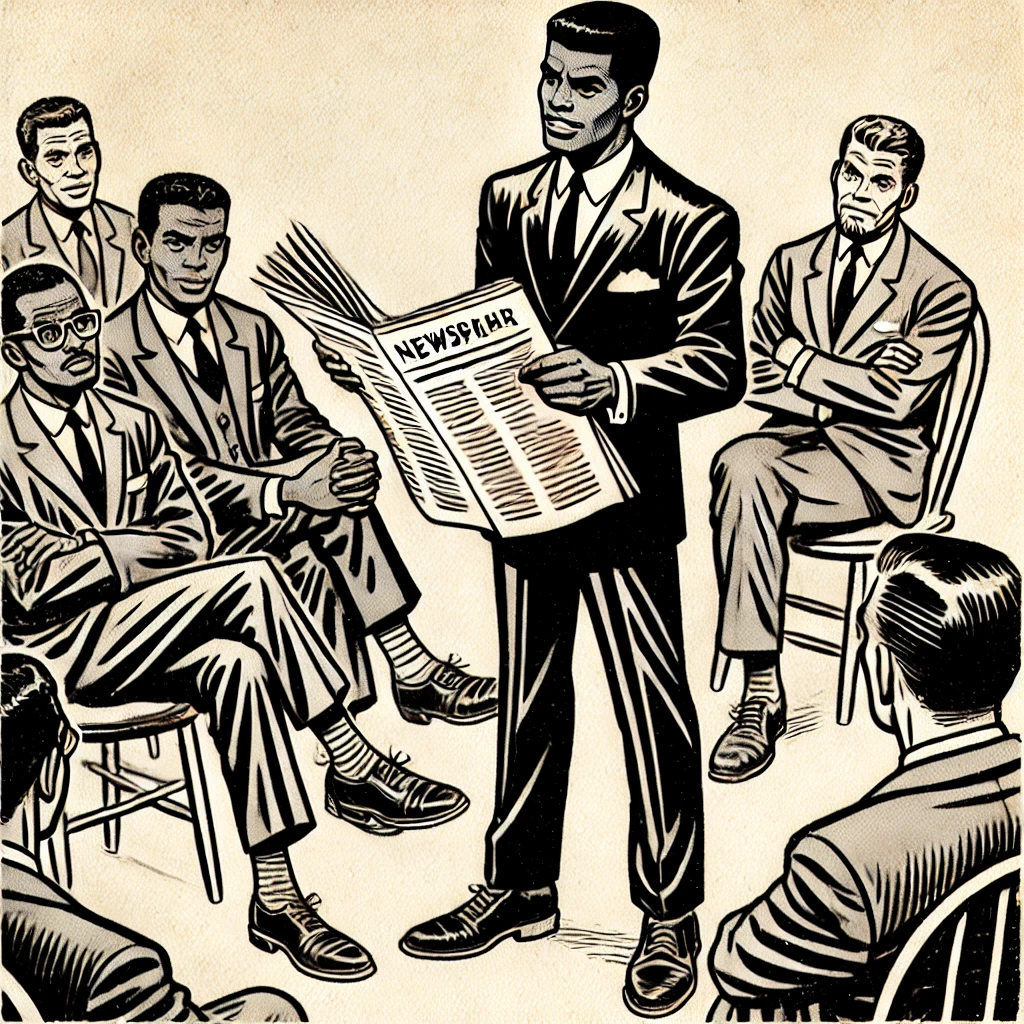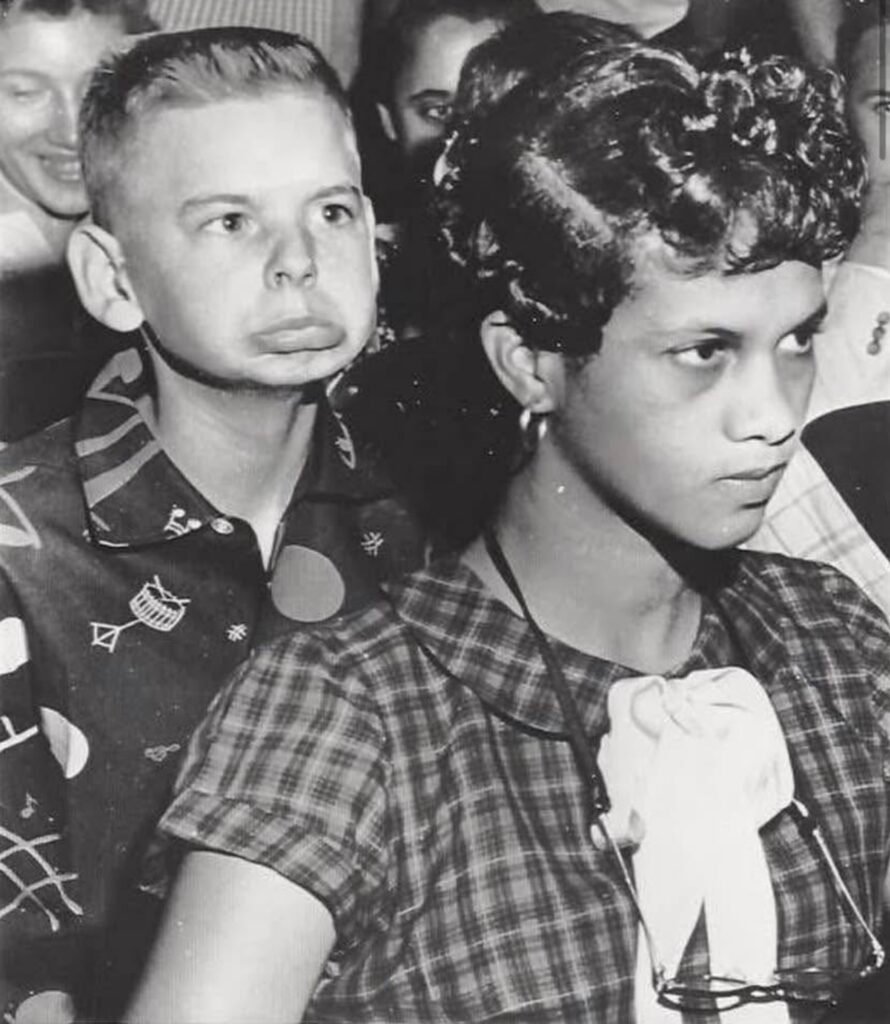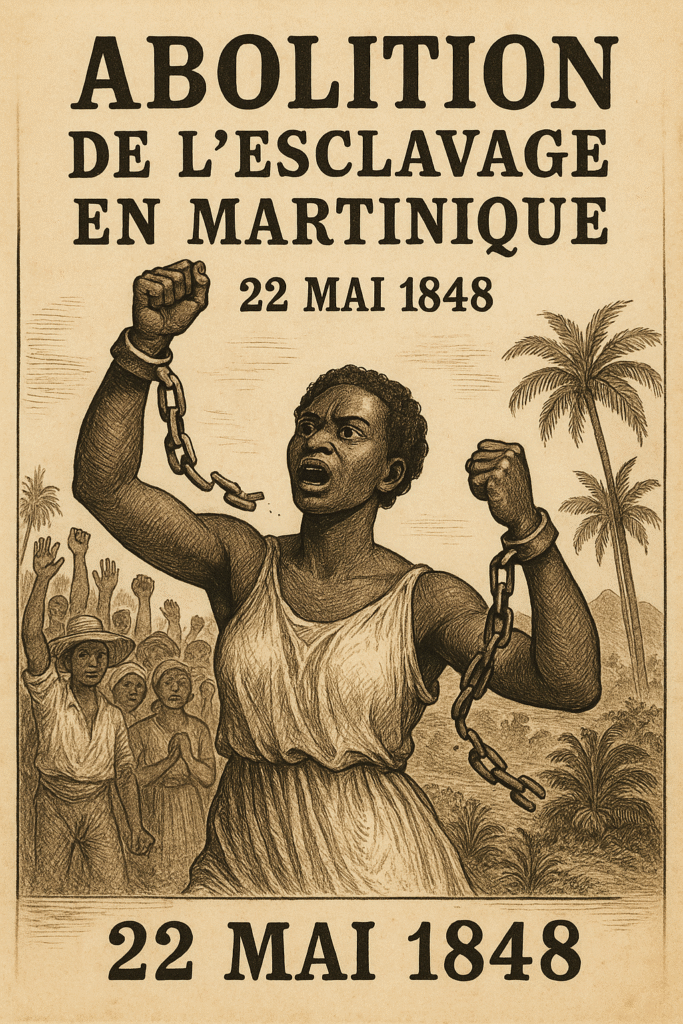The Legacy of Robert Sengstacke Abbott and The Chicago Defender
On this day, March 27, 1915, history was made with the founding of The Chicago Defender, one of the most influential Black newspapers in American history. Established by Robert Sengstacke Abbott, The Chicago Defender was more than just a newspaper—it was a catalyst for social change, a voice for the voiceless, and a driving force behind the Great Migration.
The Vision of Robert Sengstacke Abbott
Born in 1870 to formerly enslaved parents, Abbott understood firsthand the challenges that African Americans faced in the post-Reconstruction South. After earning a law degree from Kent College of Law in Chicago, he struggled to find work due to racial discrimination. Instead of accepting defeat, Abbott turned to journalism, believing that a Black-owned newspaper could empower African Americans and challenge systemic racism.
The Birth of The Chicago Defender
With just 25 cents and a dream, Abbott launched The Chicago Defender in his landlady’s kitchen. The newspaper initially had a limited reach, but through relentless effort, it grew into a national powerhouse. By the 1920s, it had a circulation of over 100,000, making it one of the most widely read Black newspapers in the country.
A Catalyst for the Great Migration
One of The Chicago Defender’s most significant contributions was its role in the Great Migration. The newspaper published firsthand accounts of racial violence in the South and highlighted opportunities for African Americans in northern cities. It even provided practical advice on moving north, such as train schedules and job listings. This coverage directly influenced thousands of Black families to leave the oppressive conditions of the South in search of better opportunities in cities like Chicago, Detroit, and New York.
Fighting for Civil Rights
Beyond the Great Migration, The Chicago Defender played a crucial role in advocating for civil rights. It campaigned against lynching, promoted voter registration, and called for the desegregation of the U.S. military and public spaces. The newspaper also challenged racist portrayals of African Americans in mainstream media and uplifted stories of Black excellence.
The Lasting Impact
Even after Abbott’s passing in 1940, The Chicago Defender continued to thrive, shaping the careers of influential Black journalists and activists. Today, it remains a powerful symbol of Black press and the fight for justice.
Robert Sengstacke Abbott’s vision of using media as a tool for empowerment remains relevant today. His legacy lives on in the continued work of Black journalists, media outlets, and activists striving for equality and truth.
Conclusion
March 27 marks an important date in Black history, reminding us of the power of the press in shaping social movements. Abbott’s work through The Chicago Defender not only informed but transformed the lives of millions, proving that words have the power to change the world.
#BlackHistory #TheChicagoDefender #GreatMigration #CivilRights #BlackPress










